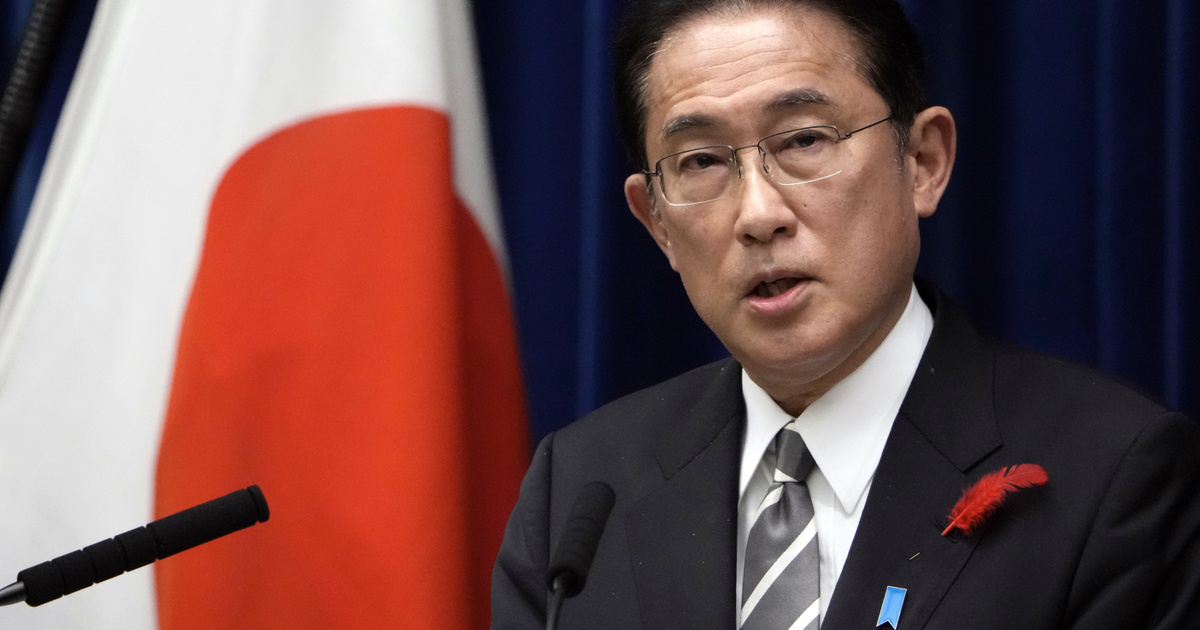Japan on Friday extended its continental shelf to the eastern part of the Pacific Islands, about 1,000 kilometers south of Tokyo, allowing the country to explore rare marine natural resources, including minerals.
Japanese Prime Minister Fumio Kisida said at a cabinet meeting that Japan designated a large portion of the Ogasawara Marine Plateau area as part of its continental shelf after consulting with the United States on the issue. During the meeting, the government approved six measures for marine development, including, among others, the use of artificial intelligence to enhance the ability to monitor nearby waters and collect data on the area where rare earth metals have been discovered, MTI said.
The continental shelf is a shallow, low-slope underwater area surrounding continents and coastal countries. Based on the United Nations Convention on the Law of the Sea (UNCLOS), adopted in 1982, the continental shelf of a coastal state extends to its external borders 200 nautical miles from the coast, or about 370 kilometers, and the exclusive economic zone is considered a designated state, where the state in question can exercise exclusive economic activities within the limits of themselves, such as mining, fishing and transportation – to exploit natural resources.
In order for the extension of Japan's continental shelf to be recognized internationally, Japan must prove that the ocean floor is connected to its continental shelf, and on the other hand, it must wait for the approval of the UNCLOS Committee and state governments. Involved in the case.
The continental shelf expansion policy was developed by the Japanese government during the 2014 Prime Minister Shinzo Abe.


Comprehensive analyses, world-changing questions, and visions for the future in one volume.













































